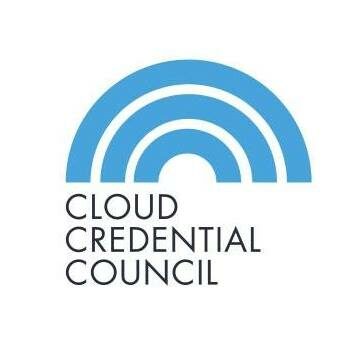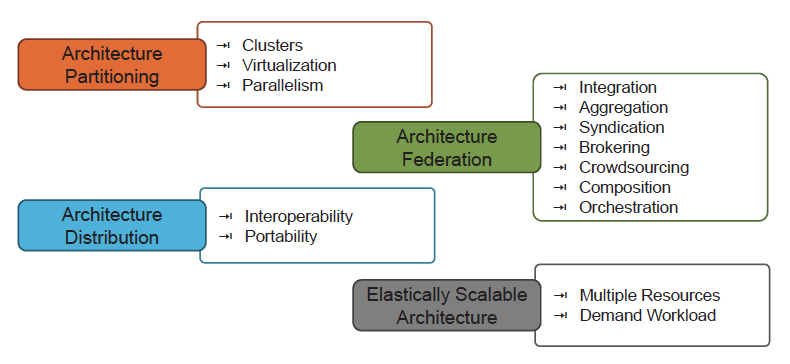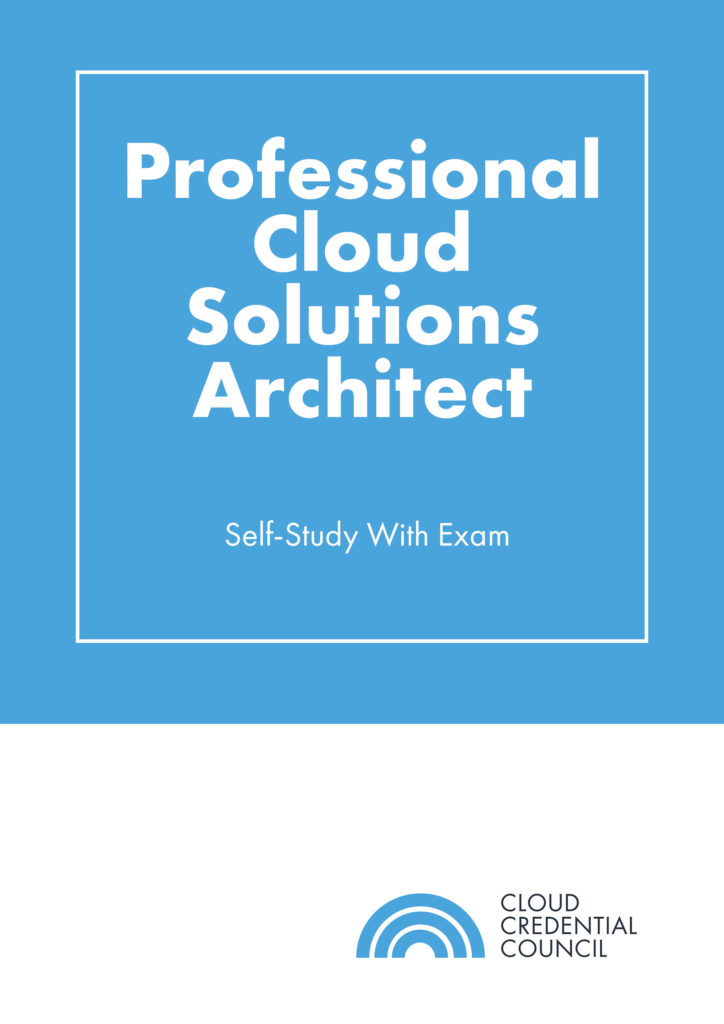Knowledge Byte: The 4 Cloud Architecture Principles

Cloud Credential Council (CCC)

Architecture principles are basically the “rules” about how architecture design should be constructed. Architecture principles are used to separate out the key architecture features into architecture rules in solution architecture.
The four key principles and examples of how these principles are used in cloud computing solutions are shown here:

Table of Contents
Architecture Partitioning
According to this principle, the workload is spread across server resources enabling a number of performance-enhancing features including:
● Clusters: A computer cluster is a set of loosely connected or tightly connected computers that work together so that, in many respects, they can be viewed as one system. It is possible to cluster physical and virtual machines, storage, computer, and other resources together.
● Virtualization: This is the process of creating a virtual (rather than physical) version of something like a server or an operating system. Examples of virtualization include virtual hardware platforms such as a server machine, virtual operating system, virtual storage device, or virtual network resource such as a switch or router in a Virtual Private Network (VPN). There are many advantages of this technique, including the ability to make many versions of a virtual resource on a physical resource.
● Parallelism: In computing, parallelism refers to the simultaneous use of computer processors to execute a program or multiple threads (a computerized set of instructions). This technique is used in massive parallel processing and in massive file management systems such as Big Data systems.
Architecture Distribution
This principle relates to the movement and connectivity of systems. The separation of concerns technique supports the principle of distributed systems. Portability and interoperability are the major methods for distributed architecture design.
● Interoperability: Interoperability refers to the ability to operate part of a whole product and service across two or more service providers such that it maintains the original part or whole product and service operations performance and contract terms of conditions.
○ Cloud Computing Interoperability: Cloud computing interoperability refers to the ability to operate part or a whole cloud computing service between two or more cloud computing platforms such that it maintains the original part or whole cloud computing service operating performance and contract terms and conditions.
● Portability: Portability refers to the ability to transport a product and service from the original provider to an alternative provider while maintaining the original operating performance and terms and conditions of the contract.
○ Cloud Computing Portability: Cloud computing portability refers to the ability to move a cloud service from the original cloud platform to an alternative cloud platform while maintaining the original operability performance and terms and conditions of the contract.
Architecture Federation
This principle relates to the ability to separate and spread workloads across a number of separate environments or business units. Federation is a form of distribution systems where parts of the system can operate as semi-autonomous and are separate from other areas of the system. In cloud computing, there are many examples of federated systems that may manage part or all of a cloud service. Some of the major examples of federated services are integration, aggregation, syndication, brokering, crowdsourcing, composition, and orchestration.
Elastically Scalable Architecture
According to this principle, the separation of resources enables the use of multiple resources that can be increased or decreased with the demand workload.
Courses to help you get
results with Cloud
Professional Cloud Solutions Architect™
The industry-recognized CCC Professional Cloud Solutions Architect™ certification is based on the Cloud standards developed by NIST and aims to empower you to design the future generation of technology solutions. A great understanding of the most important technologies, platforms, and Cloud standards is provided via hands-on, practical exercises, and case studies. The purpose is to…
Never miss an interesting article
Get our latest news, tutorials, guides, tips & deals delivered to your inbox.
Keep learning




